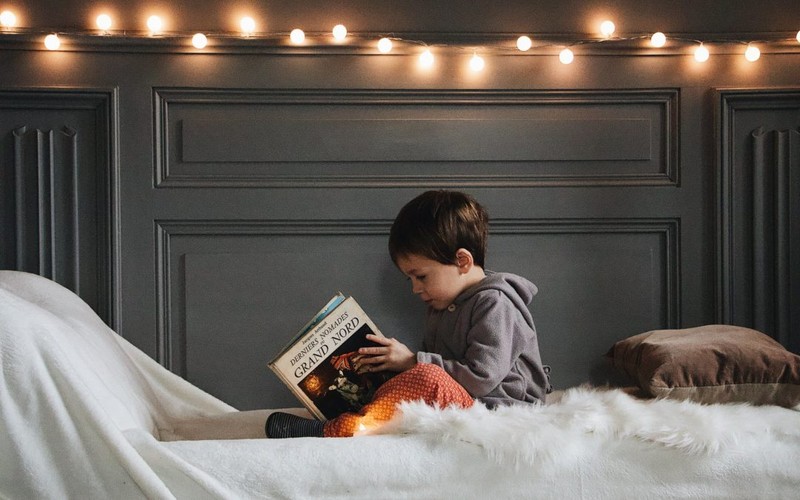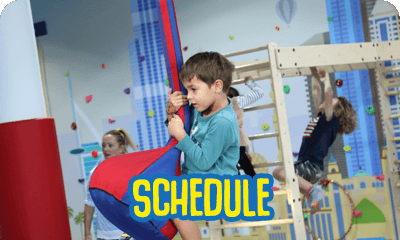A sensory room is essentially a space where a young child with or without learning disabilities can go to experience calming sensations. They can be customized for any need, budget, and available space. Although most closely associated as a tool for children on the autism spectrum, sensory rooms, which first gained national attention in the 1970s, can benefit everyone in your family.
Here, we will take a look at how to create a sensory room for a toddler that is safe, calming, and engaging.
Location
Before you can make any decisions on what will go into your sensory room, you’ll need to ensure that you have an appropriate space for it. Ideally, you’ll have a room in a quiet location in your home that you can dedicate to your little one’s development. If you do not have an extra bedroom or office space, even a large walk-in closet will work.
When you do not have a completely quiet space, you can reduce unwanted distractions by using sound insulation in the sensory room. This could be something as simple as covering the walls with thick blankets, or adding sound-absorbing panels or soundproof wallpaper.
Color and lighting
Color and lighting each play a significant role in the overall feel of a sensory room. It’s best to avoid overwhelming colors, such as red, orange, or neon shades. Many mental health experts assert that cool colors, or those on the blue and green spectrum, help create a calming atmosphere. Pale blue, for example, is a great choice when trying to create a relaxing and soothing environment. Light gray and eggshell are also viable options for a sensory experience, particularly when you plan to include a projector and other light-based features.
When choosing lighting for your room, avoid fluorescent bulbs, as this type of light is not only harsh and distracting, but the fixtures also emit an audible buzzing noise, which can be very distracting for young children. Instead, look for fiber optic lights, LED light strips, or glow panels. Each of these may be set to fade in and out of different colors or remain steadily set to a single color temperature.
Tactile features
All sensory rooms should include assorted tactile features. Our tactile senses are essentially how we experience the world through touching and feeling. Toddlers often enjoy tactile centers that allow them to touch and manipulate things like sand, beans, or plastic beads. Something as simple and inexpensive as a bin of each can give your child an opportunity to receive sensory input through an open-play situation. When dealing with a very young child, make sure that there is plenty of room for you to sit nearby to ensure they do not inadvertently put small items in their mouth.



